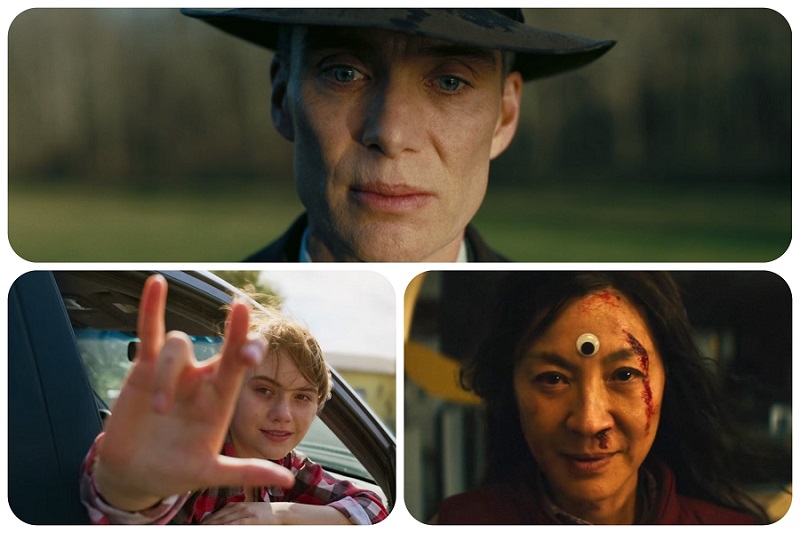Overview
"Oppenheimer," directed by Christopher Nolan, is a biographical film about J. Robert Oppenheimer, the physicist behind the Manhattan Project and the development of the atomic bomb. While the film primarily highlights Oppenheimer's scientific achievements and the moral implications of his work, it also explores themes of love and hate in both personal relationships and on a broader societal scale. We will examine the features of love and hate in this movie.
Characteristics of Love:
Passion: Oppenheimer’s passion for physics and scientific discovery is evident throughout the film. His love for his work drives him to push the boundaries of knowledge and make groundbreaking discoveries.
Dedication: His dedication to his scientific pursuits reflects a deep commitment to his field and the advancement of human understanding.
Sacrifice: Oppenheimer sacrifices personal relationships and even his own moral convictions in the pursuit of scientific progress, illustrating a form of love for his work that transcends personal concerns.
Compassion: Despite his flaws and questionable decisions, Oppenheimer demonstrates compassion towards his colleagues and the broader implications of his work, showing empathy and concern for others.
Collaboration: His collaborative approach to scientific research highlights his ability to work effectively with others and foster a sense of camaraderie within the scientific community.
Curiosity: Love for discovery and knowledge fuels Oppenheimer’s insatiable curiosity, leading him to explore new ideas and possibilities with fervor and enthusiasm.
Integrity: Oppenheimer’s love for truth and intellectual honesty is evident in his commitment to scientific principles and his refusal to compromise his integrity, even in the face of ethical dilemmas.
Vision: Driven by a visionary outlook, Oppenheimer seeks to harness the power of atomic energy for the betterment of humanity, despite the destructive potential of his discoveries.
Characteristics of Hate:
Conflict: Oppenheimer’s work on the atomic bomb is overshadowed by the looming specter of war and the hatred between nations, leading to ethical conflicts and moral dilemmas.
Resentment: He harbors resentment towards the military and political forces that seek to weaponize his scientific discoveries, reflecting a deep-seated frustration with the destructive potential of his work.
Doubt: Oppenheimer wrestles with doubt and self-loathing as he grapples with the moral implications of his research, questioning his own motivations and the consequences of his actions.
Fear: His fear of the destructive power of the atomic bomb and its potential for mass destruction fuels his sense of urgency and moral anguish, highlighting the dark side of scientific progress.
Anger: Oppenheimer’s anger towards the military establishment and the political leaders who advocate for the use of atomic weapons is palpable, reflecting a sense of betrayal and disillusionment.
Isolation: As he becomes increasingly disillusioned with the moral implications of his work, Oppenheimer feels a growing sense of isolation and alienation from society, leading to despair and hopelessness.
Guilt: He grapples with feelings of guilt and responsibility for the devastation caused by the atomic bomb, highlighting the moral complexity of scientific discovery and technological advancement.
Betrayal: Oppenheimer feels betrayed by the military and political forces that exploit his scientific research for destructive purposes, leading to moral disillusionment and existential despair.
Overall, "Oppenheimer" portrays love and hate as intertwined forces that shape the trajectory of J. Robert Oppenheimer’s life and work. Through his passion for scientific discovery and his moral struggles with the implications of his research, Oppenheimer grapples with both the constructive and destructive potential of human endeavor, highlighting the complex interplay between love, hate, and the pursuit of knowledge.




